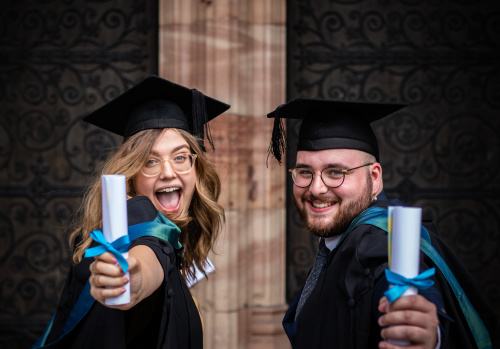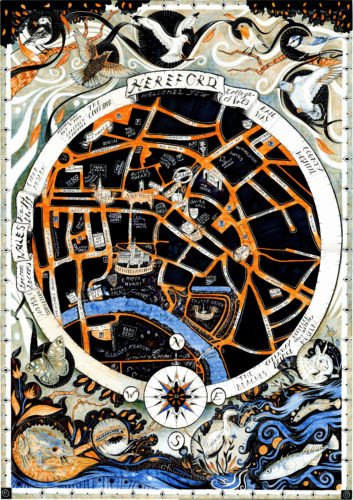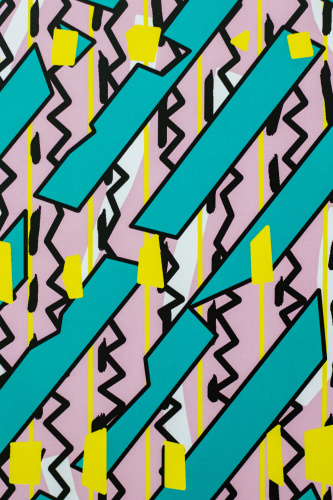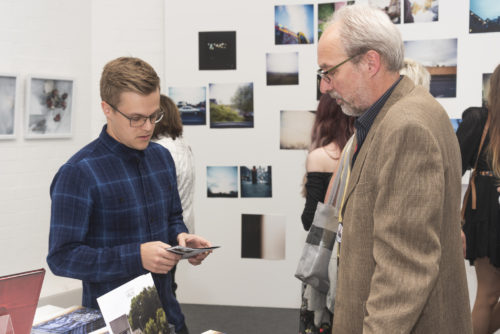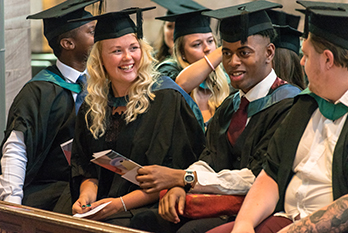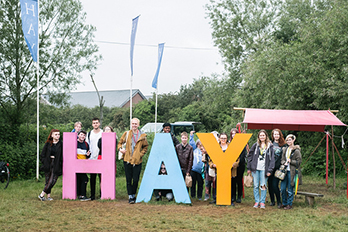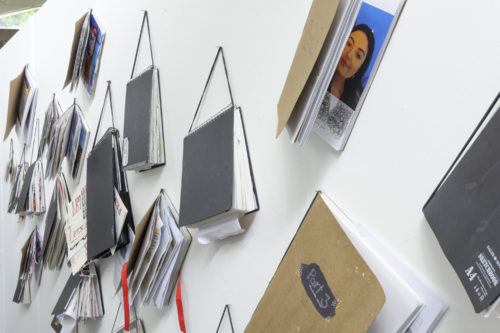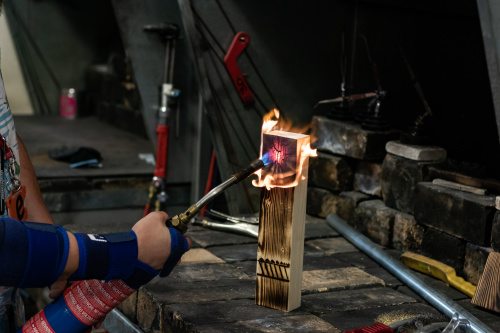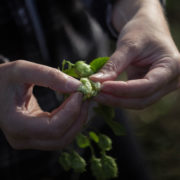Co-designed, collaborative scholarship
Published on 28.02.18
Yesterday afternoon we held our first re_fabricate session here at HCA (in a photography studio that worked as a physical space that was neither a lecture theatre, nor a workshop. It was the perfect space to try something new, with a group of people who hadn’t all met before, and a core planning team
Categories
Yesterday afternoon we held our first re_fabricate session here at HCA (in a photography studio that worked as a physical space that was neither a lecture theatre, nor a workshop. It was the perfect space to try something new, with a group of people who hadn’t all met before, and a core planning team that included staff, students, alumni and members of the external creative community.
I’ve posted a narrative of the session on our re_fabricate blog for those who might want to find out more detail about the session; plus there’s a storify at the very end of this page. However, the purpose of this post is to consider how and why an initiative like Re_fabricate might relate to ideas of scholarship, and how this in turn might relate to Student Engagement.
Part of the initiative grew from the ‘Scholarly Spaces’ work carried out as part of the wider AoC Scholarship Project. Victoria and I wanted to work with anyone interested in joining in to formally make a space which “brings creative minds together to problem-solve and innovate”. This underlying goal is related to ideas of the partnership learning community (Healey, Flint and Harrington, 2014).
When explored in terms of self-directed learning and self-efficacy, we felt that we could also relate the project to Humanistic knowledge-building communities (Open University, 2017) and the potential of collaborative spaces to support transformative learning.
Such ideas can easily be mapped to Boyer’s Scholarship of Teaching and Learning as Re_fabricate is, above all, a pedagogical initiative. However, as a space which is ‘open’ to the wider community and all course areas in all aspects of planning and delivery, it may also link to the Scholarship of Integration.
Although we missed out on finding more around the trans-disciplinary studio (there was much snow, and people had to travel), some of the conversations following the event began to reflect on the type of space we had created; something sur-real in some way, exploring ideas of communication and collaborative action. Creating a different kind of space which was at once relaxed, friendly but also challenging. It is also important to reflect that we enacted those ideas rather than passively listening to them. I’m looking forward very much to next weeks session which starts to take these journeys further into the world of walking practice and the object.
We also might relate such spaces to student engagement. Re_fabricate is, after all, an initiative which aim to support “Creation of spaces and opportunities for exploration and growth” (Cook-Sathers and Felton, 2018). Cook-Sathers, however, is talking about formal student-faculty partnership programmes, not spaces which are permeable to ideas from the external community. Perhaps this is a different form of collaborative engagement?
Re_fabricate was set up to be a space where ‘creative minds could come together to share ideas’. The wordcloud below reflects participant feedback from the first session – it will perhaps help us evaluate how far we met our goals, and how we can further develop this space to support further discussion, blending theory and practice. Below the wordcloud is the storify of the session, and if anyone reading this would like to join in using a digital space, please follow the links on the blog.

